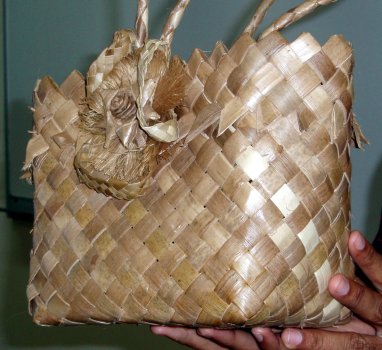
Chuukese local purse: pwotou

Chuukese local purse: pwotou
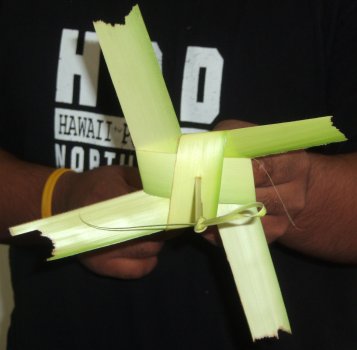
Pingelapese decoration and toy propeller: perar made from kelekel (young coconut leaf)
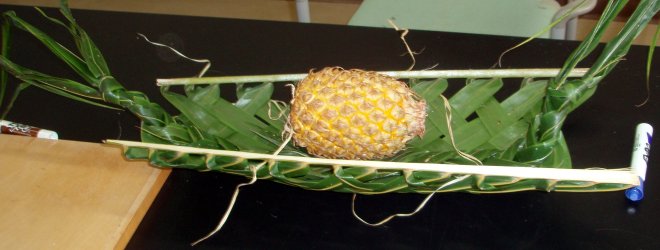
Pohnpeian gift basket: lapw-kupwu. Cut down and take with. Hung at sides of nahs. Basket is kiam style but smaller than that called a kiam.
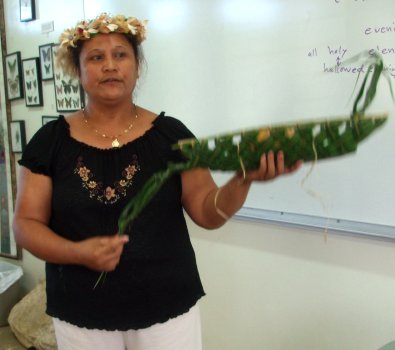
Sinolet
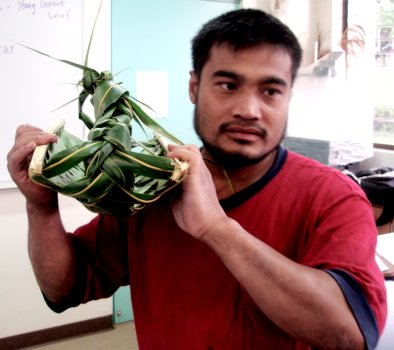
Pohnpeian: A kiam is carried thus when approaching the king. The kiam has a "front" and a "back."
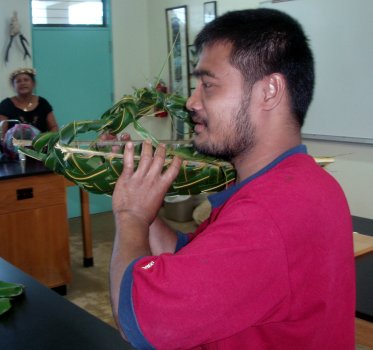
Side view, Pertin demonstrating proper carrying form.
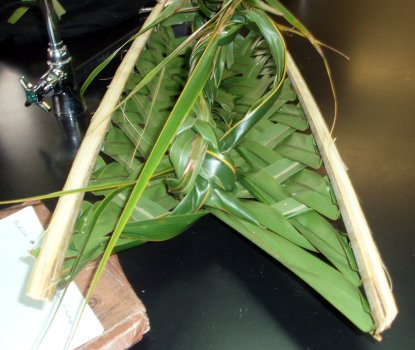
As the basket is set down, the basket is rotated 180° to face the other end towards the king.
The largest kiam is a kiam me ro. Ro means to carry using a pole on the shoulder. The kiam me ro is carried by two men, with the kiam suspended from the pole.
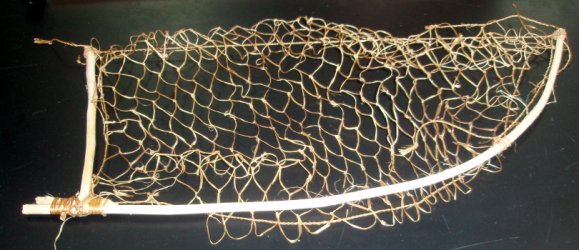
Chuukese fish net: rhoow
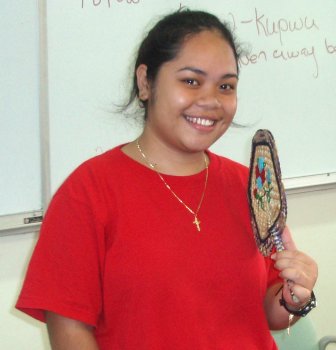
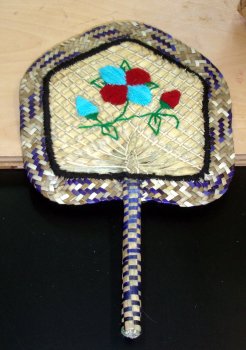
Pollapese fan: haipen fanuarh modeled by Divine Grace.
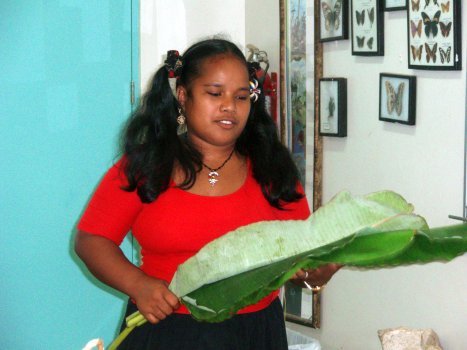
Pohnpeian: medehde. The use of banana leaves as a mat spread before the king.
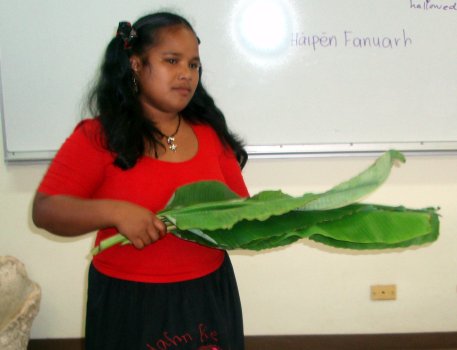
Proper form for carrying the leaves into the nahs, Lisa Lollaine moving to her left.
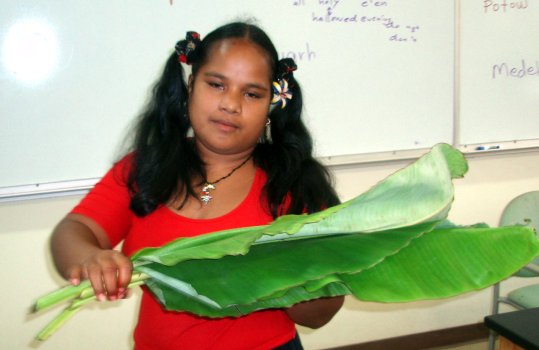
Removing the leaves from the nahs, Lisa Lollaine moving to her left.
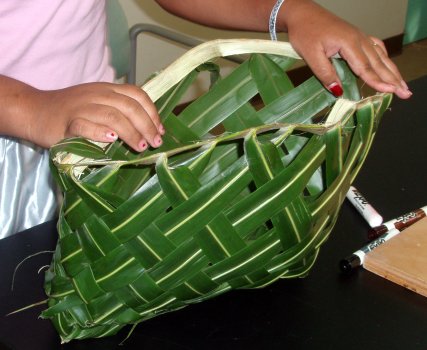
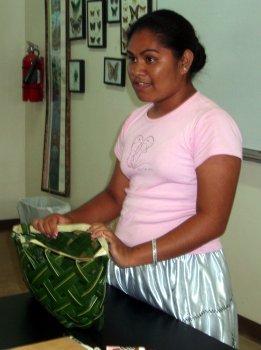
Kosraen basket: fohtoh displayed by Juslyn
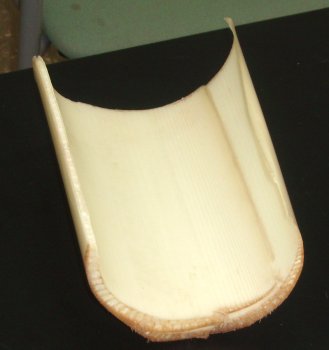
Pohnpeian local plate: kilin uht (skin of the banana trunk)
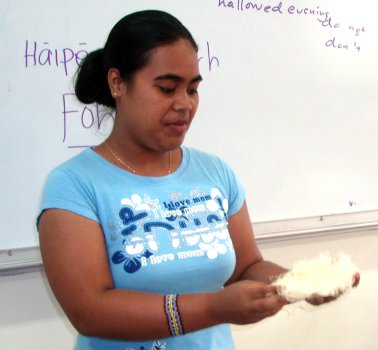
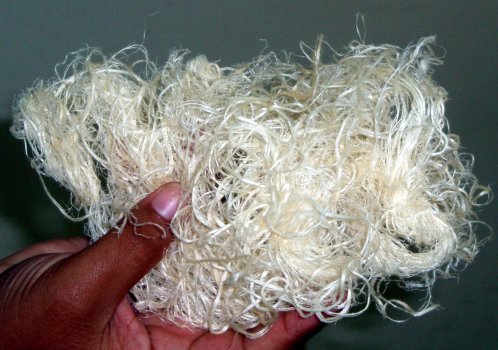
Kosraen hibiscus fiber squeezing mesh: puhkuhne (Hibiscus tiliaceus) shown by Elterina
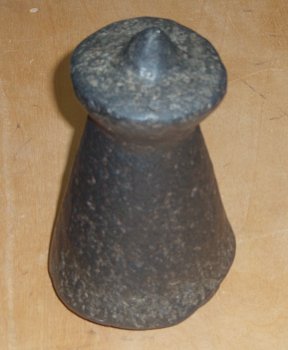
Kosraen stone fafa pounder: dok
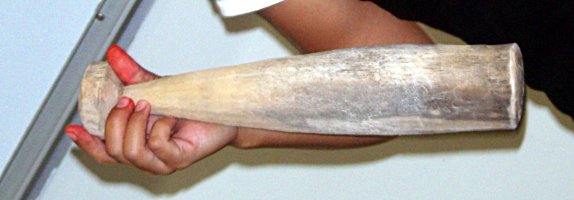
Pohnpeian breadfruit pounder: mehn sukusuk, used to make lihli
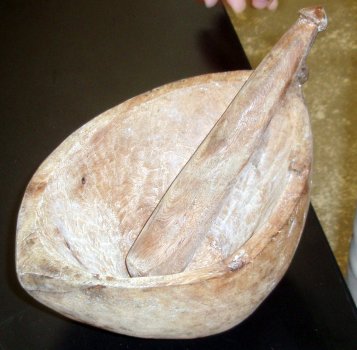
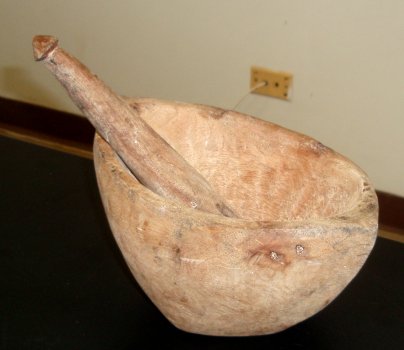
Kapinga banana pounding bowl: gumadi (Calophyllum inophyllum)
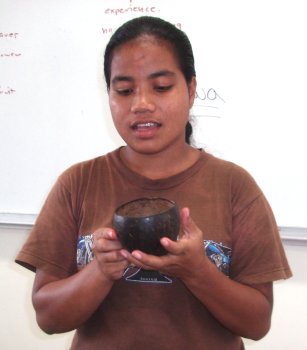
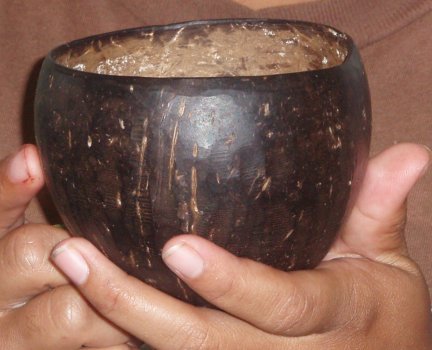
Pohnpeian sakau cup: kohwa brought in by Maimi
A rough, unfinished coconut cup not yet used for sakau is termed a ngarangar. A finished cup that has held sakau gains the name kohwa. When called by a menindei the kohwa is termed kohwailoang (high cup).
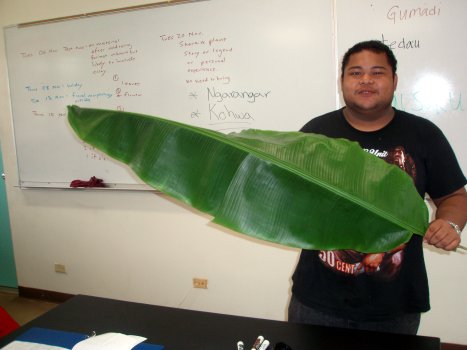
Pohnpeian uhm cover: ungkoak by Corbette
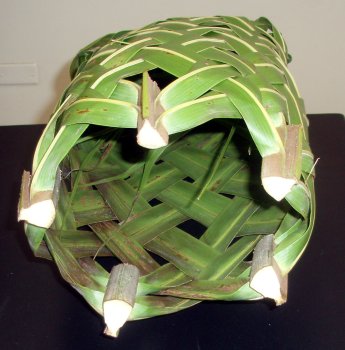
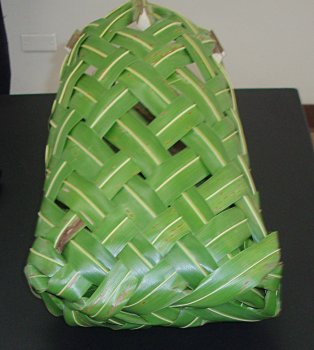
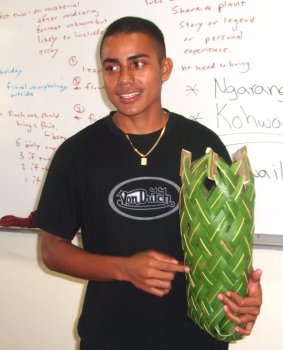
Pohnpeian fish/crab holding basket: kopwoun laid displayed by Jamie
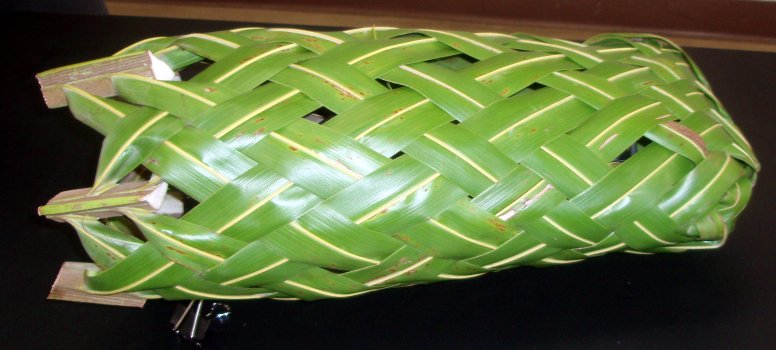
Kopwoun laid
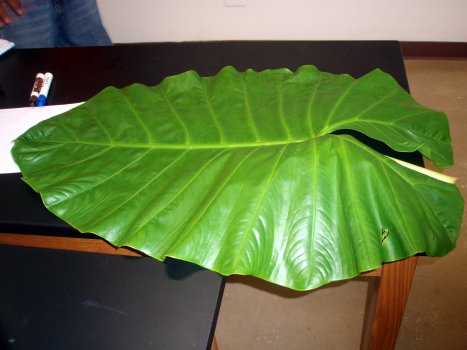
Pohnpeian sakau stone decorative skirt leaves: pwoaikoar. The leaves are tehn wehd from Alocasia macrorrhiza.
When wild taro leaves are used around a sakau stone the leaves are referred to as pwoaikoar. There are four leaves, which are put down in order. Each has a name. The first leaf is the kingward leaf called koaleloaloang. The second is on the left side as one faces the king, koalelepwel. The third is on the right side, koaleladak. The fourth is away from the king, pwoaikoardi. When a soft taro plant is tied to the koaidu (center pole) it is called poaroah. This plant protects against magic.
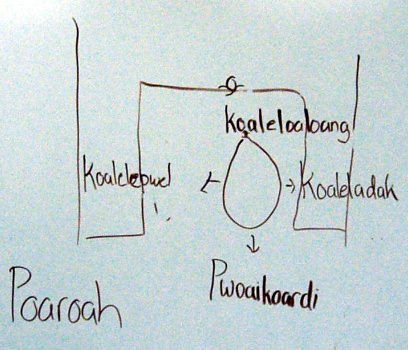
Pwoaikoar
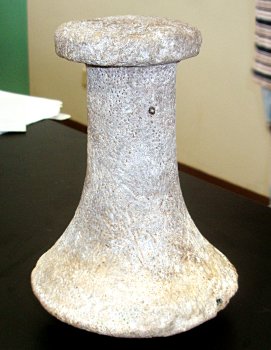
Chuukese coral pounder: pwo usus
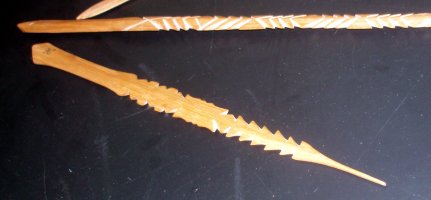
Chuukese love stick: wokun tong
The love stick was used in days of yore. The wood was from an engii tree.
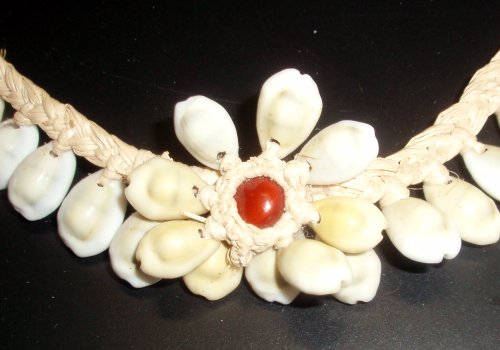
Kosraen necklace: ros ful. The red center bead called a metkwem in Kosraen is a Adenanthera pavonina seed.
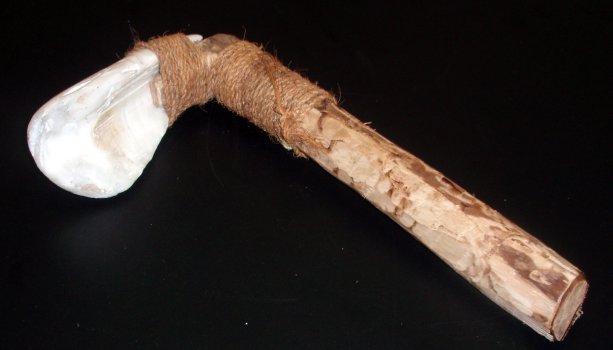
Pohnpeian adze: medou for carving out a canoe
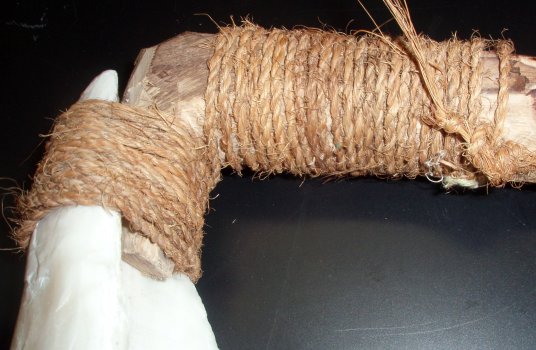
Medou
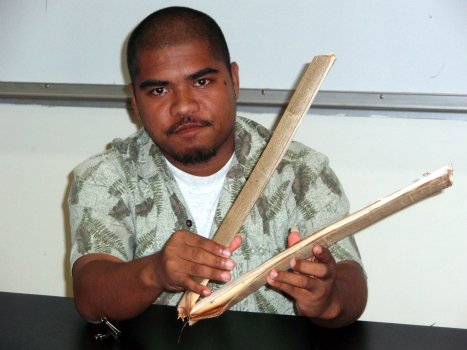
Kosraen uhm utensil: sruhf brought in by Bercil
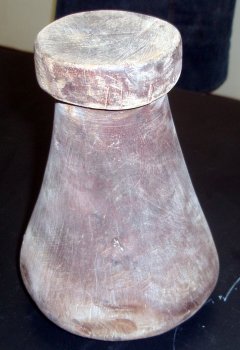
Pingelapese pounder: dok for banana, taro pounding. Made from kainge wood (Xylocarpus granatum)
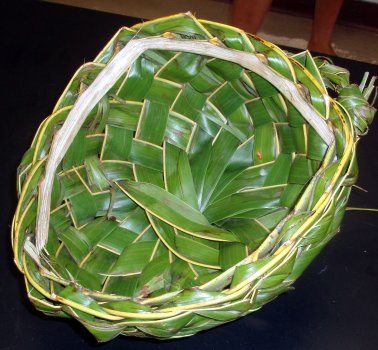
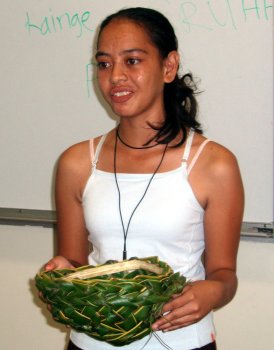
Pohnpeian plate: pwaht held by Elsielynn
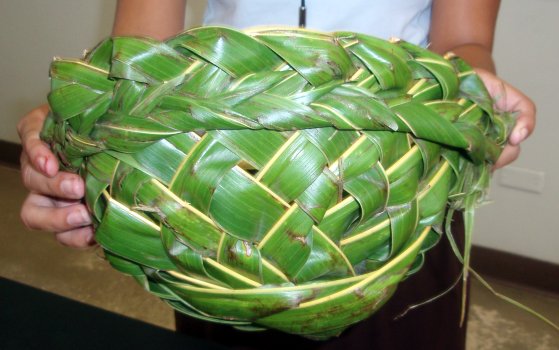
Pwaht